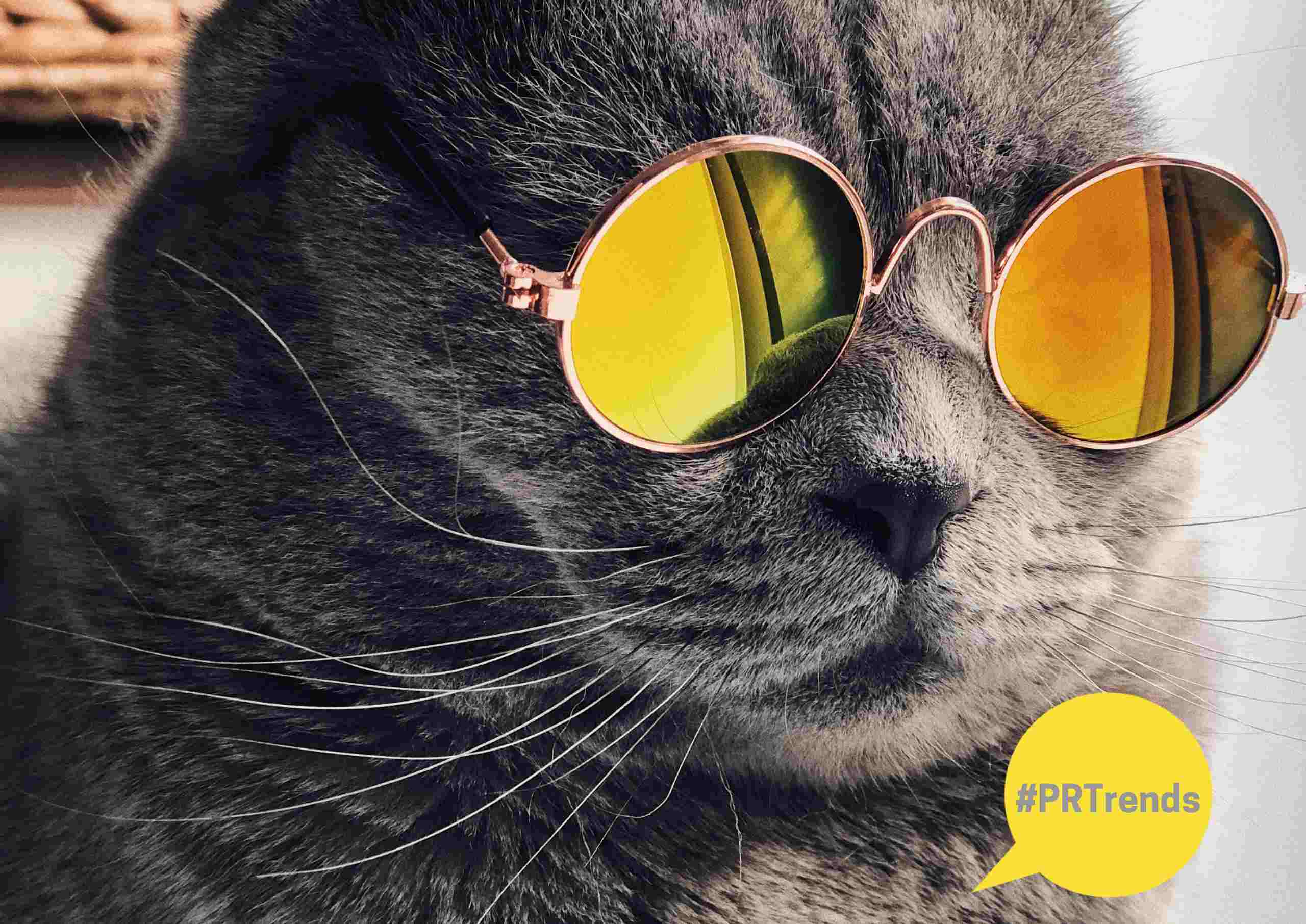Memes became an ubiquitous part of internet culture.
Especially for newer generations, it basically became a second language. This leads us to the question: can companies use Memes for Brand Communication? The answer is yes!

Famous biologist Richard Dawkins introduced the term in 1976, as „units of cultural transmission, and replicators of the human cultural environment.” Today, memes are „those funny pictures from the internet”. However they still have the above mentioned functions, In addition to having certain rules regarding how they spread and gain success.
User Generated Content
As a User Generated Contents, memes are generally made and shared anonymously, about relevant topics or shared feelings, embedded into a widely recognised carrier. For example famous film scenes with a funny captions are classic forms of memes. Then memes become reinterpreted again, again and again – until they stay relevant, or get a totally new meaning. This stands true for almost all popular memes.
Memes have important roles in subcultures , especially for Millennials and Gen Z youths. They can have their own subject matters, inside jokes and meme formats. In this sense they strengthen bonds within a community. This aspect is also true for Consumer Tribes. Fans of franchises, games, books, or brands share sub-cultural memes within their groups. Understanding these crowds is very important for successful “memeing”.
Companies Can Meme
Considering the free nature of the internet, companies have the inherent ability to join the meme ecosystem. However, they are bound by strict rules, unlike common internet users. Organisations have to follow these strictly, unless they want to taste the wrath of the internet.
First of all, organisations have to be up to date about internet trends. Being late to the part can lead to excruciating ridicule, or even despise, by the internet community. To avoid the aforementioned backlash companies should always show self-reflection, maybe even a sense of self-depreciation.
Secondly, anonymity is also an important part of meme culture. For this reason, companies should avoid over-branding their homegrown memes. Doing so more often than not evokes negative feelings, as it is seen as the appropriaton of the shared internet culture. There is honour among thieves, after all.
Choosing Meme Templates
Memes are parasitic forms of art. They take existing images, texts and tools to communicate. Companies have to keep in mind the implications of copyright laws. Also, how used source materials reflect on them.
Companies can chose between adapting existing meme templates or creating their own. The latter is less advised. First of all the end product will scream corporate communication. Secondly, memes evolve through natural selection, it is more feasible to chose already successful formats.
Lastly, if you use memes for brand communication, be creative. Also, be prepared to get ridiculed. If you take it well, your Online Reputation will come out on top.